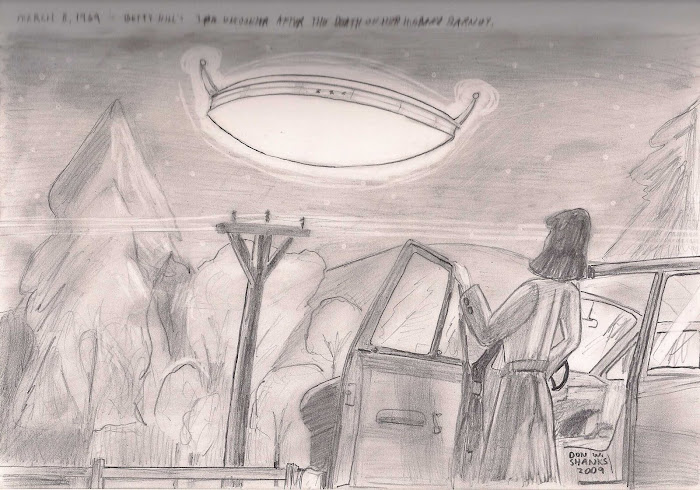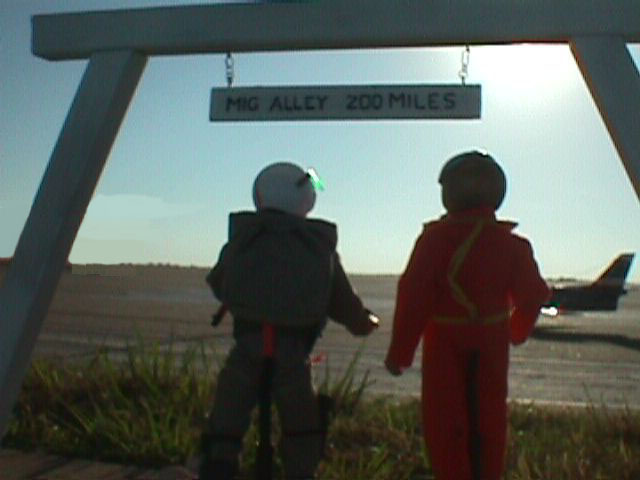From Foxnews.com comes this article quoted in its entirety.
Scientists celebrated Sunday after finding more than 700 suspected new planets -- including up to 140 similar in size to Earth -- in just six weeks of using a powerful new space observatory.
Early results from NASA’s Kepler Mission, a small satellite observing deep space, suggested planets like Earth were far more common than previously thought.
Past discoveries suggested most planets outside our solar system were gas giants such as Jupiter and Saturn -- but the new evidence tipped the balance in favor of solid worlds.
Astronomers said the discovery meant the chances of eventually finding truly Earth-like planets capable of sustaining life rose sharply.
NASA so far formally announced only five new exoplanets -- those outside our solar system -- from the mission because its scientists were still analyzing Kepler’s finds to confirm they are actually planets.
“The figures suggest our galaxy, the Milky Way [which has more than 100 billion stars] will contain 100 million habitable planets, and soon we will be identifying the first of them,” said Dimitar Sasselov, professor of astronomy at Harvard University and a scientist on the Kepler Mission. "There is a lot more work we need to do with this, but the statistical result is loud and clear, and it is that planets like our own Earth are out there."
End quote.
___
Ref.
Foxnews.com. July 25, 2010. "NASA's Deep Space Camera Locates Host of 'Earths'" (http://www.foxnews.com/scitech/2010/07/25/nasas-deep-space-camera-locates-host-earths/?test=latestnews).








+033.jpg)
No comments:
Post a Comment